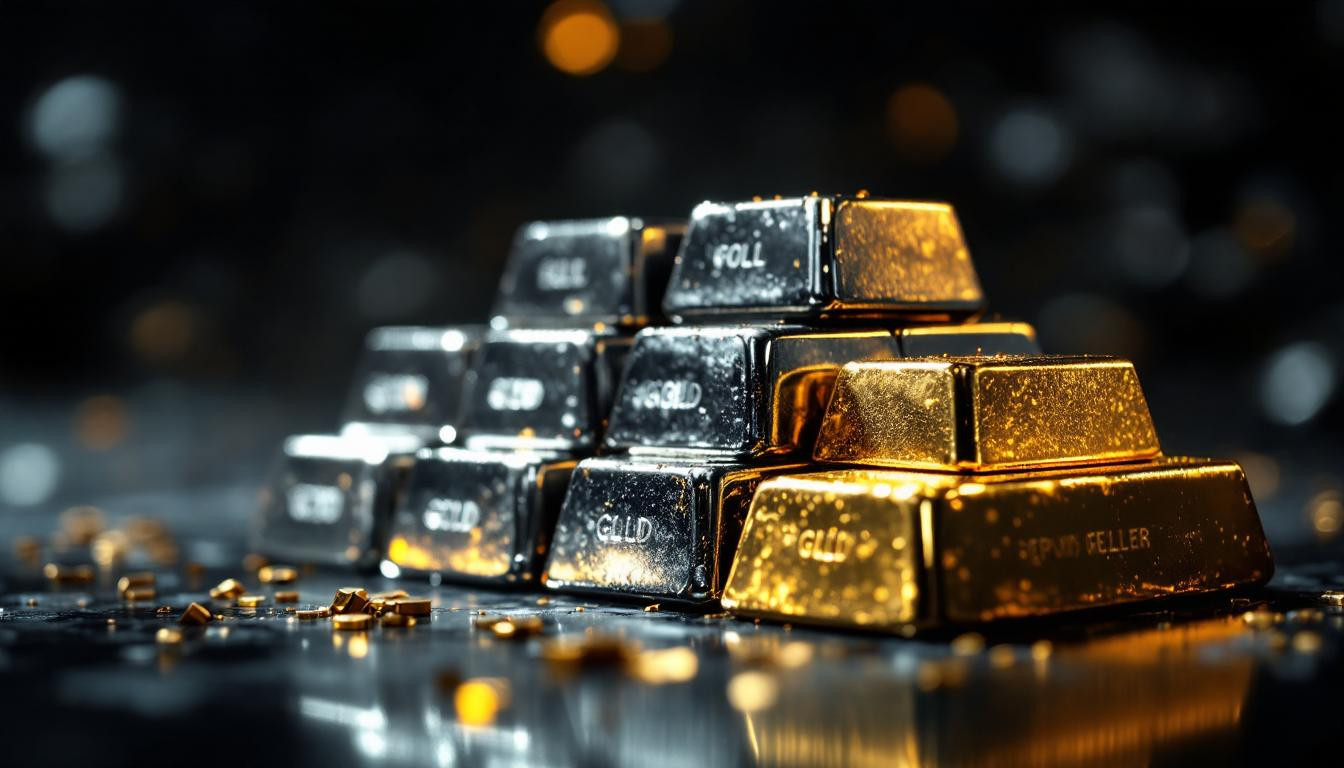In the ever-shifting landscape of precious metals, a remarkable trend has emerged that’s catching the attention of savvy investors worldwide. Silver, long overshadowed by its more illustrious cousin, is now stepping into the spotlight as potentially the smarter investment choice for 2025 and beyond. Let’s uncover why many financial experts are now whispering: silver might just be the new gold.
The industrial powerhouse behind silver’s rising value
Unlike gold, silver boasts a dual identity as both a precious metal and an industrial workhorse. “Silver’s extensive applications in green technologies, particularly solar panels and electric vehicles, have created unprecedented demand pressure,” explains Alex Ebkarian, COO of Allegiance Gold. This industrial utility gives silver a fundamental advantage that gold simply doesn’t possess.
The statistics are compelling: industrial consumption now accounts for over half of all silver demand, with renewable energy sectors driving significant growth. This expanding EV market alone requires substantial silver components, creating a supply-demand imbalance that could propel prices skyward.
A perfect storm of supply constraints
While demand surges, silver’s supply remains stagnant, creating what investors call a “perfect storm” for price appreciation. Unlike paper currencies that can be printed at will, silver has finite availability—making it an increasingly attractive inflation hedge alongside gold.
Rick Rule of Sprott notes, “Industrial demand has been becoming increasingly important for silver, especially due to its use in solar panels and electric vehicles.” This technological advancement continues to outpace mining production, creating a widening deficit.
The remarkable growth potential
Silver’s performance history speaks volumes. In 2020, while gold rose an impressive 25%, silver skyrocketed by 47%. This volatility—often considered a drawback—represents tremendous upside potential for strategic investors.
“Silver usually outperforms gold during economic expansion periods due to its industrial applications in technology and renewable energy,” confirms Kevin Shahnazari of FinlyWealth.
The accessibility advantage
For the average investor, silver offers an approachable entry point. Consider this: at current prices, you could purchase over 80 ounces of silver for the price of a single ounce of gold. This affordability makes silver the “people’s precious metal,” allowing broader participation in wealth preservation strategies.
Think of silver as the nimble speedboat to gold’s ocean liner—both will transport you to financial security, but one offers greater maneuverability and potentially faster results. This accessibility has attracted investors who previously watched stock market victories from the sidelines.
Smart strategies for silver investing
When approaching silver as an investment, consider these practical approaches:
- Focus on physical silver for long-term wealth preservation
- Use ETFs for trading and short-term positions
- Consider miners for leveraged exposure to rising prices
- Maintain a 70:30 gold-to-silver ratio for balanced protection
The undervaluation signal experts watch
The gold-to-silver ratio—currently hovering around 80:1—signals major undervaluation compared to the historical average of 60:1. Like a coiled spring, this compressed ratio suggests significant upward potential as markets eventually correct this imbalance.
Brett Elliott of APMEX explains it clearly: “Gold tends to be a reliable store of value while silver tends to be a growth asset.” This fundamental distinction is increasingly valuable in today’s uncertain economic landscape.
Is silver truly becoming the new gold?
While gold maintains its crown in central bank reserves, silver quietly revolutionizes multiple industries and investment portfolios. As technological innovation accelerates, silver’s critical role ensures its value extends beyond mere speculation. The metal that once lived in gold’s shadow now shines with its own distinctive brilliance—perhaps not replacing gold, but certainly claiming its own essential place in the financial sun.
